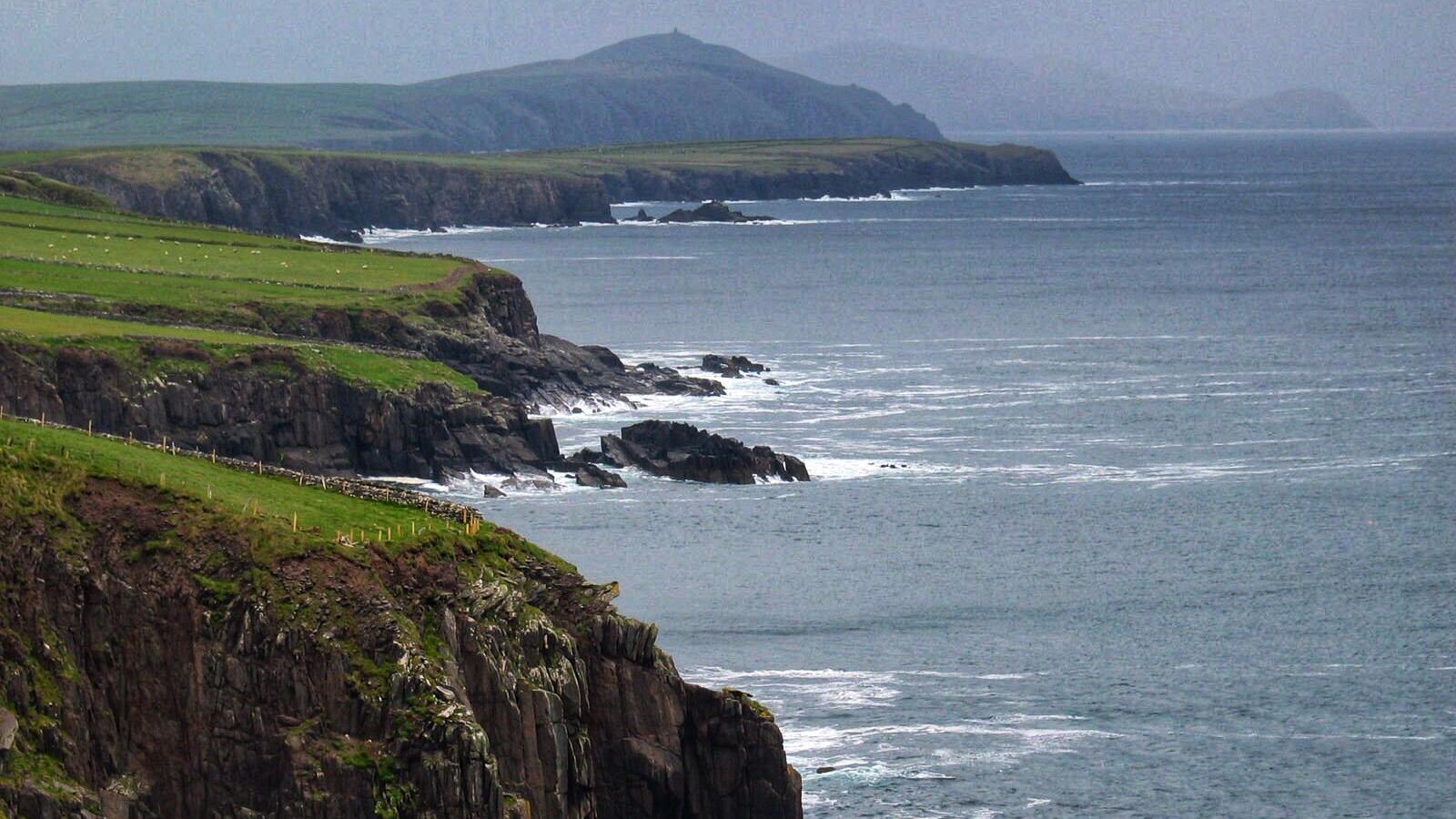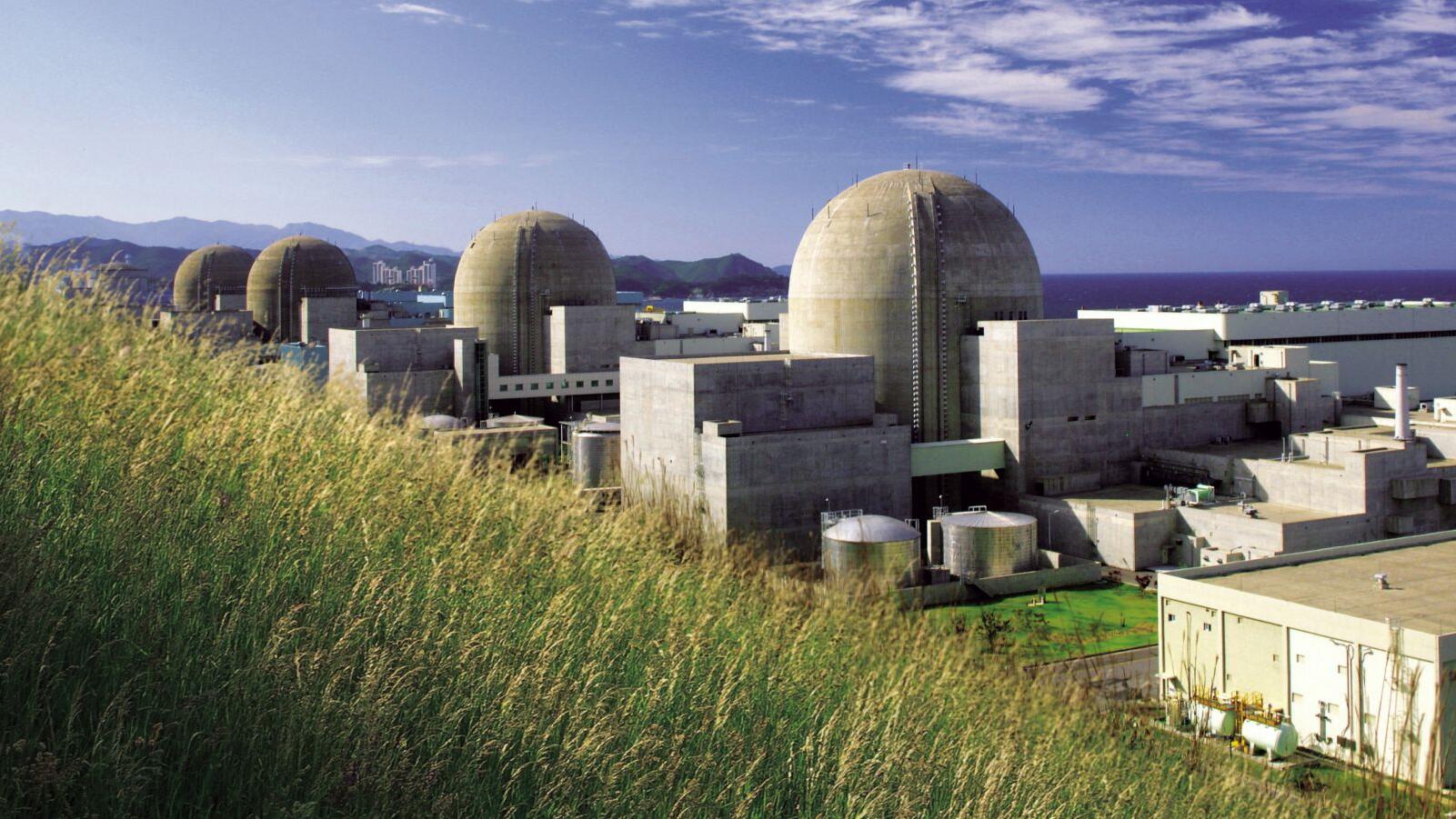 Energy Infrastructure
Energy InfrastructureEnergy Infrastructure
Dr Steven Fawkes says the potential using proven technology, current economics and standard thinking about energy efficiency is always about 30%. He says setting a target of zero energy may not actually result in zero but it certainly expands the way the design team and others think. This week he participated in the first Advisory Council meeting of the Horizon 2020 funded project, M-Benefits. We need to focus selling efforts for low energy solutions on those benefits and regard energy (and consequent energy cost savings) almost as a bonus. We can achieve significant economic and environmental gains, or we can change the way we think about it We aim for zero, insist on integrative design and value non-energy benefits and we will achieve far more, far more than the mainstream views on what is possible. By focusing on low energy efficiency, we can achieve better business cases, he says. And we can continue to think about the energy efficiency in the old way we aim for.
Read Full articleIreland’s new Renewable Energy Support Scheme (RESS) design
The Government of the Republic of Ireland approved the design of the new Renewable Electricity Support Scheme (RESS) The new RESS will consist of a series of regular auctions scheduled at frequent intervals. The aim of the RESS design is to have technology.
Read Full articleBatteries included: Gigafactories advance German energy transition
European countries and producers are moving in on batteries. This is Germanys chance to bring stable jobs to its former mining regions, and finally phase out coal. The Europes largest battery came online in June: a whopping 50MWh in Jarelund.
Read Full articleIs an energy revolution underway in Chile?
Five years ago, Chile generated only 5% of its electricity from renewable energy sources. This percentage has more than tripled in the last years, reaching 18% in May 2018. Chile has enormous potential for the development of renewable energy, including more than.
Read Full articleLocal energy aggregation: Similarities between the Italian Hera Group and the Community Choice Energy programs in California
Hera and MCE were the first aggregation experiment, respectively in Italy and in California. Hera is a multi-utility operating in the energy, environment, and water sector. MCE intends to gradually replace the conventional energy resources in its basic.
Read Full articleOffshore wind rising to challenge king coal in Polish energy market
Offshore wind is becoming price-competitive with more carbon-intensive forms of energy. Poland is one of several northern and east European countries in which offshore wind looks set to play a much larger role in future. Poland has taken the first steps to.
Read Full articleThe next wave of renewable energy?
World Energy Council says wave and tidal energy could one day provide 10 percent of the world's electricity. U.S. Department of Energy announced $23 million in new funding for "next-generation wave" Stronger waves bring more energy that could power.
Read Full articleWill South Korea’s energy transition include nuclear?
In May last year, President Moon was elected after the impeachment of the former president driven by peaceful protests. With 24 reactors in operation, South Korea has the highest density of nuclear power plants. The oldest nuclear power plant (Kori 1) was shut.
Read Full articleWhy do you need energy storage monitoring?
DNV GL has acquired Green Power Monitor, which monitors 2300 facilities in over 51 countries. In the wind and solar business, Resource Panorama is an online data analytics service. IMPRESS is designed to create best practices for energy storage monitoring.
Read Full articleWhat’s next for industrial energy efficiency?
More companies are engaging in a holistic approach to their energy and carbon strategy. UK Government policies anchored by industrial strategy include ESOS (Phase 2 deadline is December 2019), CCAs, CCL and CRC. There is significant potential for UK businesses to save.
Read Full article








